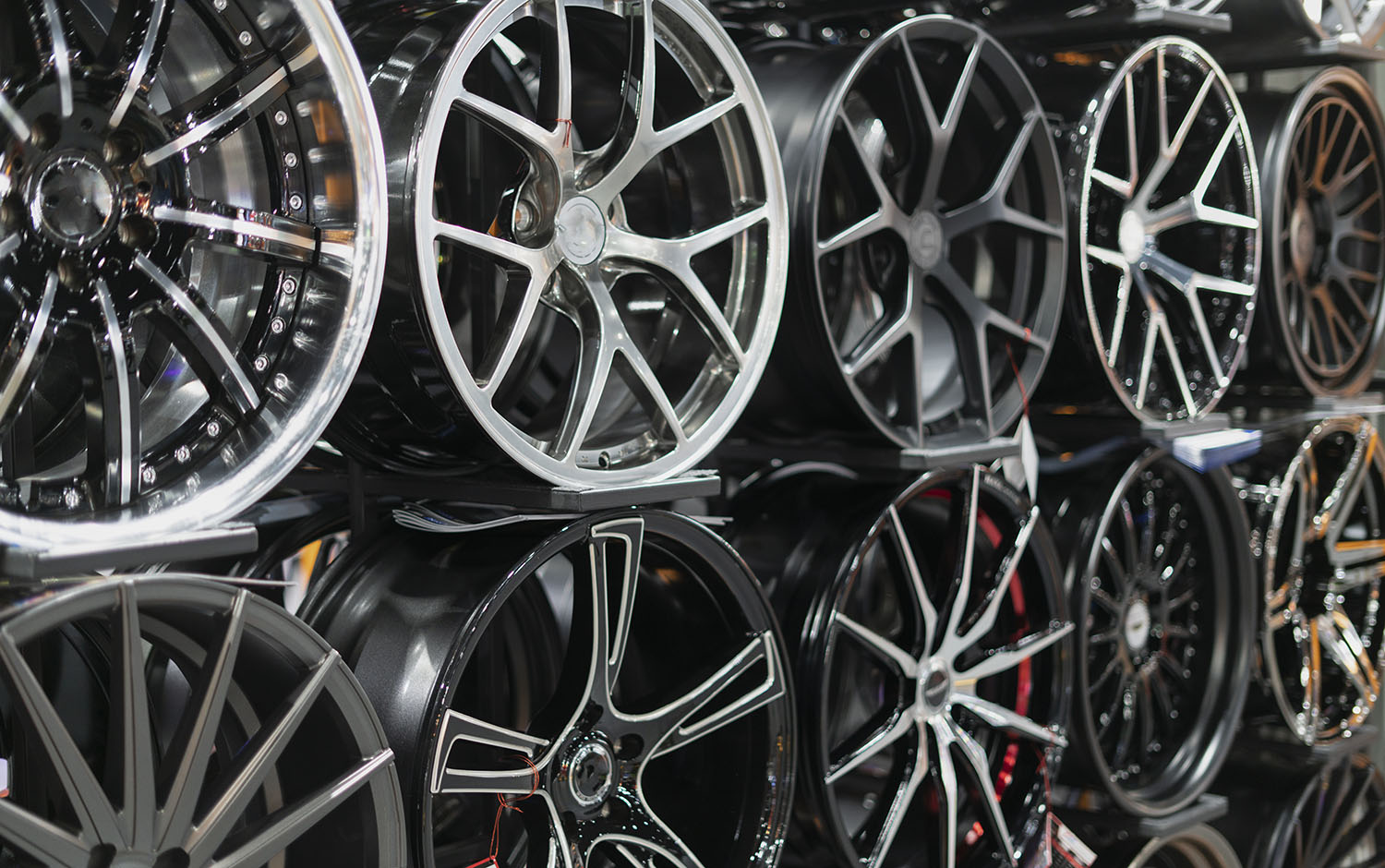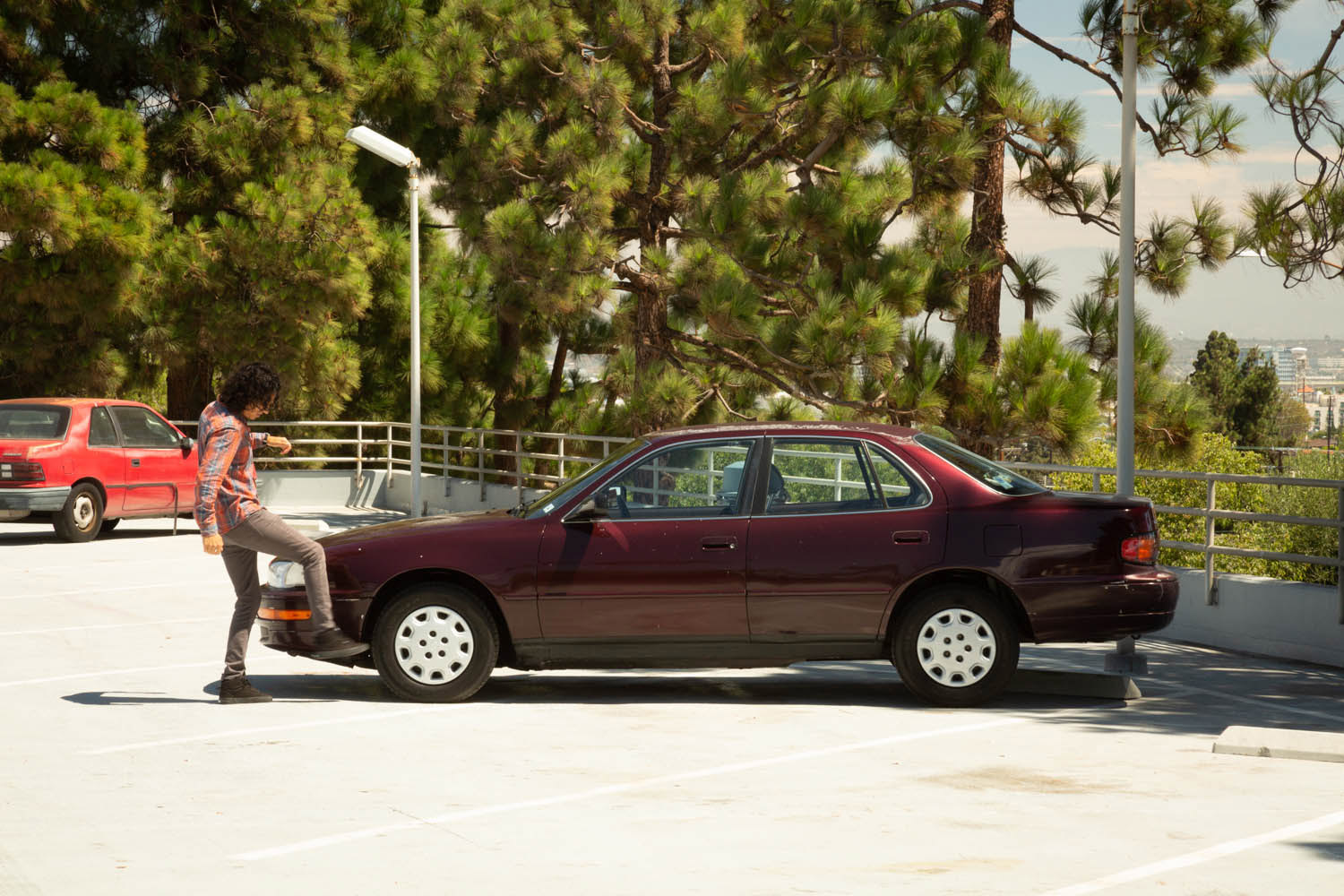Rims vs. Wheels: What's the Difference?
The frequently interchanged terms can cause even car experts to talk in circles.
 Getty Images
Getty Images
One of the most important parts of any car, truck, or SUV also happens to be one of the most commonly mislabeled. Whether you call them wheels, rims, or "those round things at each corner," everything from the comfort of your car's suspension to the feel of your steering to your fuel economy can be impacted by those four circular pieces of metal.
But when someone talks about a vehicle's wheels, are they also talking about the rims? The answer is both yes and no. The two terms, wheels and rims, are often used interchangeably, even by automotive experts, but wheels and rims aren't really the same thing. Here's a look at the differences, along with a quick history lesson on a long-running quirk in our relationship with car wheels and rims.
Wheels and Rims: What's the Difference?
The simplest way to think of it is that a rim is part of the wheel, even though the word "rim" is commonly used as slang for an entire wheel. Got it? No? We'll explain.
Let's say you're checking out a new SUV and you have a choice of wheels that are either 18 or 19 inches in diameter. Each set is encircled by a corresponding tire and secured to the brake and suspension assemblies by a series of lug nuts in the center of the wheel (or hub). The rim itself is the outer edge of the wheel, where the metal meets the rubber of the tire—and it's the diameter of the rim that's measured to determine wheel size.
What's the job of a rim?
It's up to the wheel's rim to give the entire wheel strength and support—and, of course, to maintain an airtight seal with the tire. When a wheel has a nasty encounter with a jagged pothole or unforgiving curb, the part that usually bears the brunt of the impact is the rim.
Now that you know your wheels from your rims, here's one more term for those who really want to impress their friends: The inner part of the wheel—the section between the outboard rim and the inside rim—is called the barrel.
 Manuel Carrillo III | Capital One
Manuel Carrillo III | Capital One
Why Do We Kick Tires?
We've likely all done it when considering a car or truck, especially if the vehicle is used. You walk around the car, take a look at the bodywork, and peek into the interior. And then, thump! You give one or more of the tires a light kick. What's going on here? Why is tire kicking something so many of us do?
There are a few versions of the backstory, but they all come back to the dawn of the automotive era, when tire quality was notoriously dubious. In the early 1900s, most roads were little more than narrow, bumpy lanes. Combined with the similarly narrow and fragile tires of the time, it was the perfect recipe for flats and broken wheels—the earliest of which were made of wooden spokes like those on a horse-drawn carriage. Car shoppers back then often kicked a tire to make sure the wheel and tire wouldn't fall to pieces or burst apart.
While modern wheels, rims, and tires are highly unlikely to succumb to such a blow, this quirky car-buying habit remains.
Written by humans.
Edited by humans.
 Nick Kurczewski
Nick KurczewskiNick Kurczewski is a freelance automotive journalist based in the New York metro area. With approximately 20 years of experience, he has covered all aspects of the car world, from the pit lane at the 24 Hours of Le Mans, to car shows around the world, and a Zamboni lesson in Lower Manhattan. He’s also adept at providing helpful car advice and steering people towards the ideal car, truck, or SUV for their driving needs.
Related articles
View more related articles